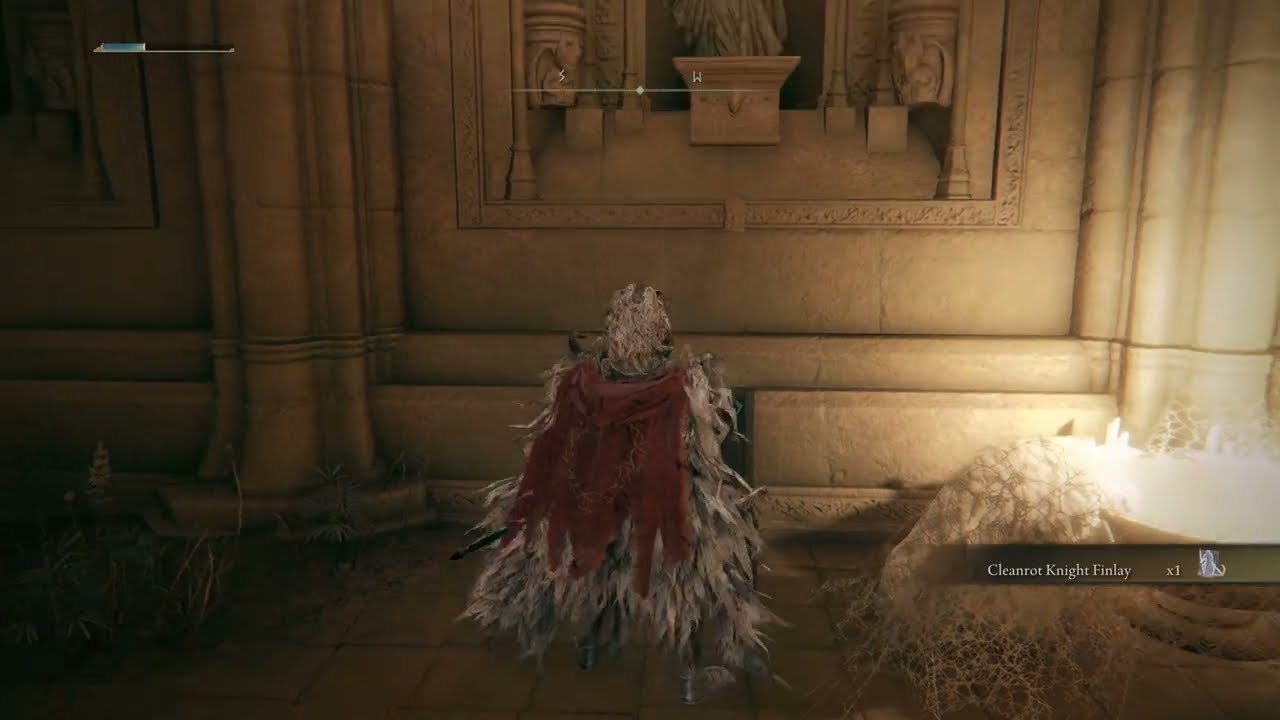Okay, so, today I’m gonna walk you through my little adventure with something I called “finlay ashes”. Sounds kinda cool, right? It’s basically just a fancy name I gave to a little project I cooked up.

It all started last week. I was messing around with some data, you know, the usual stuff. I had this massive dataset – think millions of rows – and I needed to, like, really understand what was going on inside it. I’d been using the regular tools, but they just weren’t cutting it. Everything was slow, clunky, and frankly, a pain in the butt. So, I thought, “Screw it, let’s build something better.”
First thing I did was grab some coffee. Gotta have the fuel, right? Then, I started sketching out a plan. I knew I wanted something fast, something that could handle all that data without choking. I figured a good starting point would be to explore different indexing strategies. I mean, if I could speed up the data access, that would solve a good chunk of the problem.
I spent a whole day just reading up on different indexing methods – B-trees, hash tables, you name it. My head was spinning! Eventually, I decided to go with a combination of a hash table for quick lookups and a B-tree for range queries. Seemed like a decent compromise.
Then came the coding part. I chose Python for this because, well, it’s my go-to language for quick prototyping. I started by creating the basic data structures for my hash table and B-tree. I fumbled a bit with the B-tree implementation; those things are tricky! Lots of splitting and merging nodes. I remember getting frustrated at one point, pacing around my apartment, muttering to myself. But hey, that’s coding, right?
After about three days of solid coding, I had a working prototype. Time to throw some data at it. I loaded in a subset of my massive dataset – maybe a few hundred thousand rows – and started running some queries. The initial results were… meh. It was faster than the old tools, but not by a huge margin. I was expecting something more impressive.

So, I started profiling my code. Basically, figuring out where the bottlenecks were. Turns out, a lot of time was being spent in the hash function. I was using a pretty basic one, and it just wasn’t distributing the data evenly. So, I swapped it out for a more sophisticated hash function – something called MurmurHash3, I think. That made a noticeable difference! Suddenly, things were starting to fly.
Next up, I optimized the B-tree operations. I realized I was doing a lot of unnecessary copying of data. I switched to using pointers (or references, technically, since it’s Python) to avoid the copies. That shaved off even more time.
Finally, after a week of tweaking and tuning, “finlay ashes” was performing like a champ. It could handle the entire dataset – all those millions of rows – with ease. Queries that used to take minutes now took seconds. I was stoked! I even built a little command-line interface for it, so I could easily run different types of queries and see the results. It’s not pretty, but it gets the job done.
Here’s a quick rundown of the key improvements:
- Switched to a combined hash table and B-tree indexing strategy.
- Optimized the hash function for better data distribution.
- Avoided unnecessary data copying in the B-tree.
What I learned:

- Indexing is crucial for speeding up data access.
- Profiling your code is essential for finding bottlenecks.
- Don’t be afraid to experiment with different algorithms and data structures.
Overall, “finlay ashes” was a fun and rewarding project. It taught me a lot about data structures, algorithms, and optimization. And, most importantly, it gave me a tool that makes my life a whole lot easier. Now, I can finally get some real work done instead of just waiting for queries to finish!
